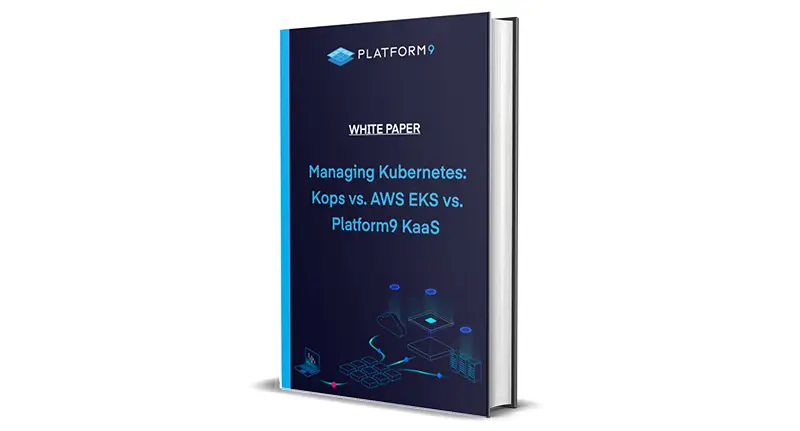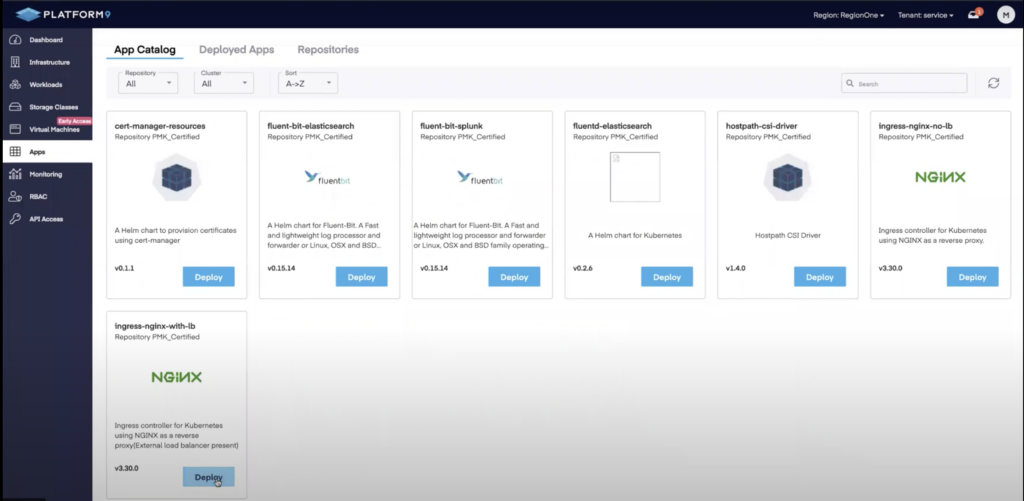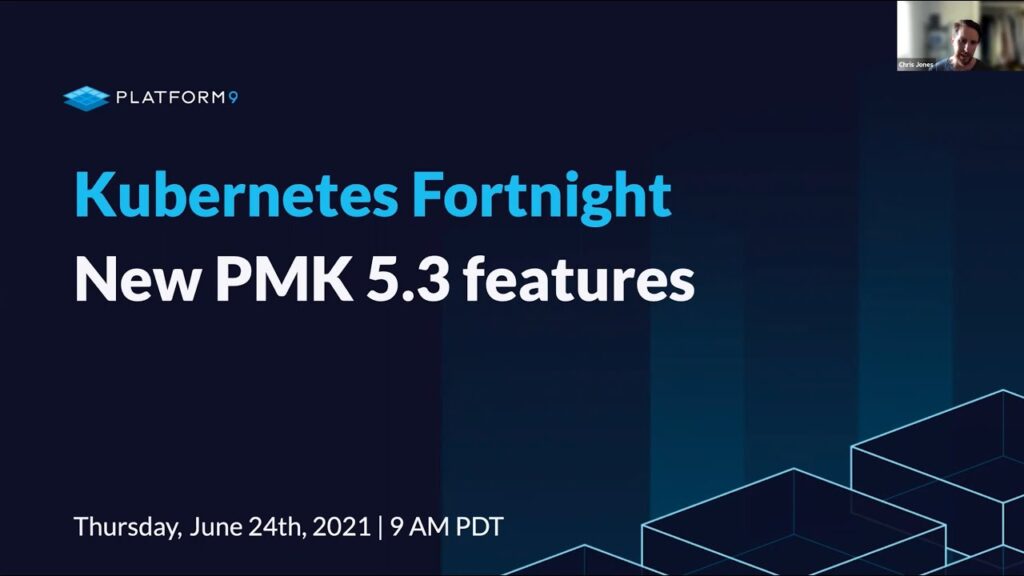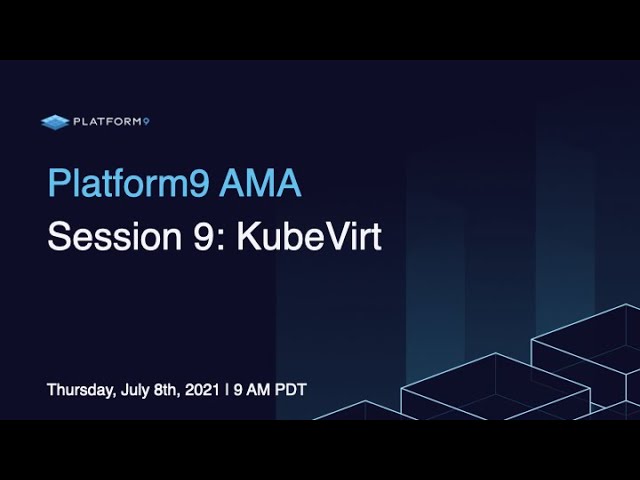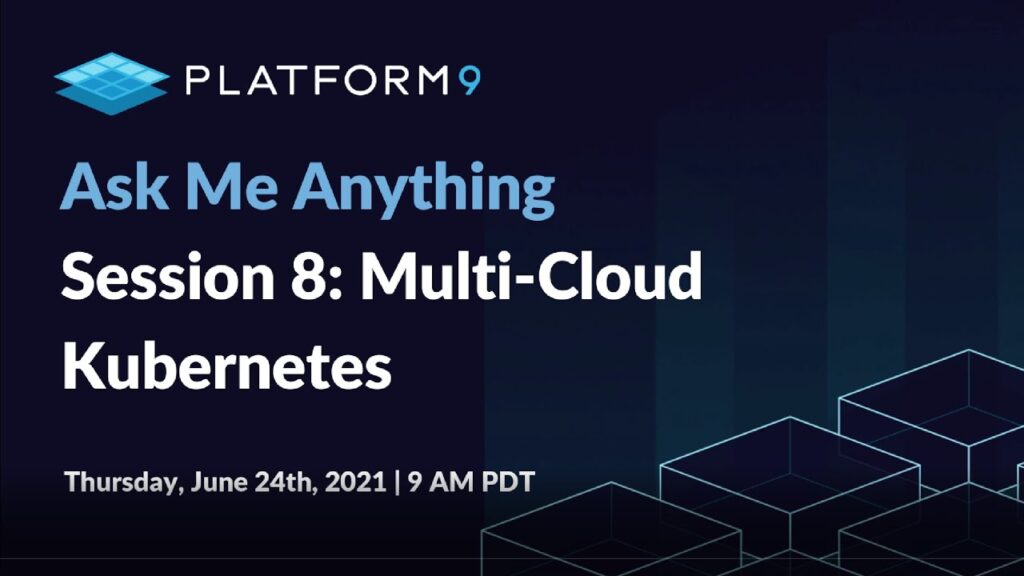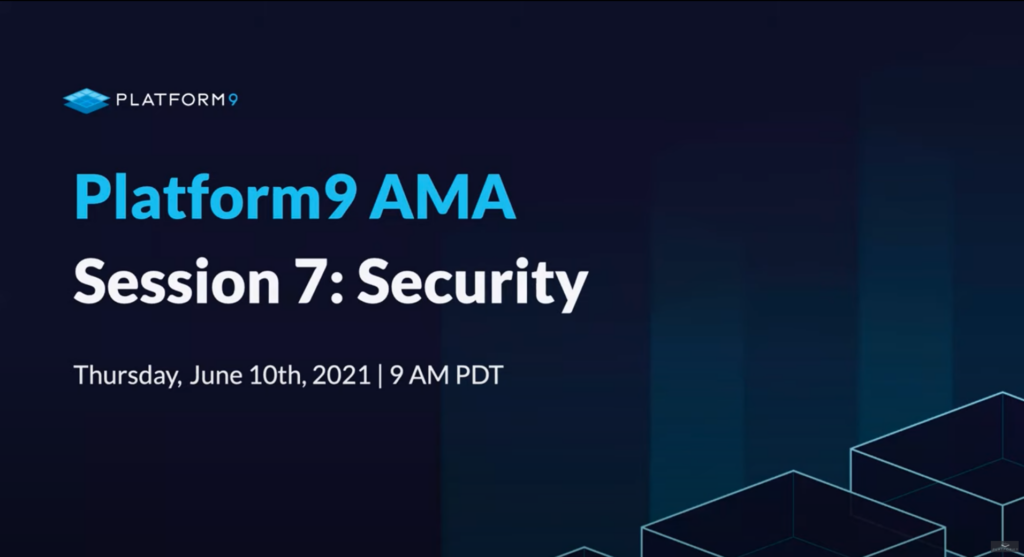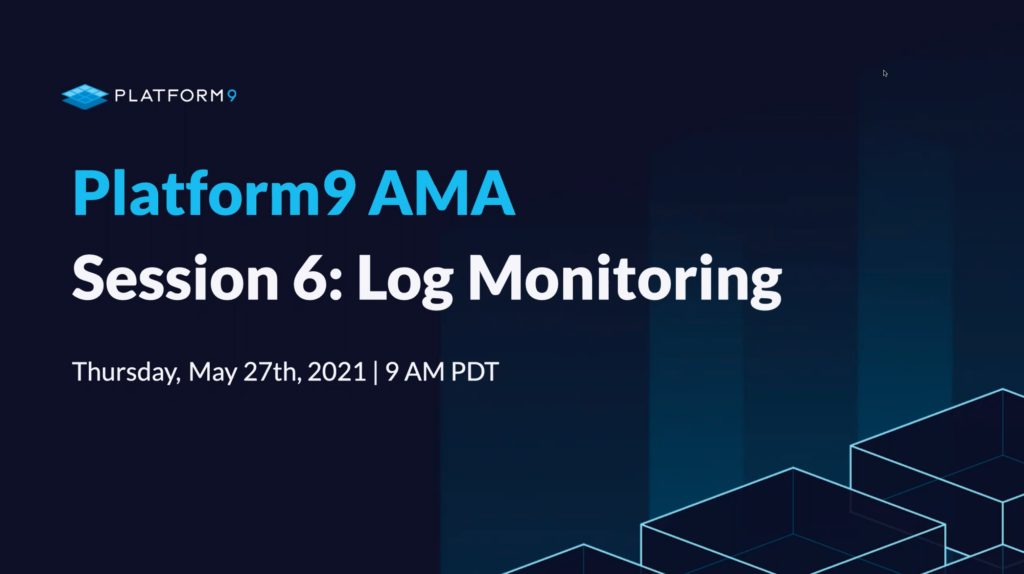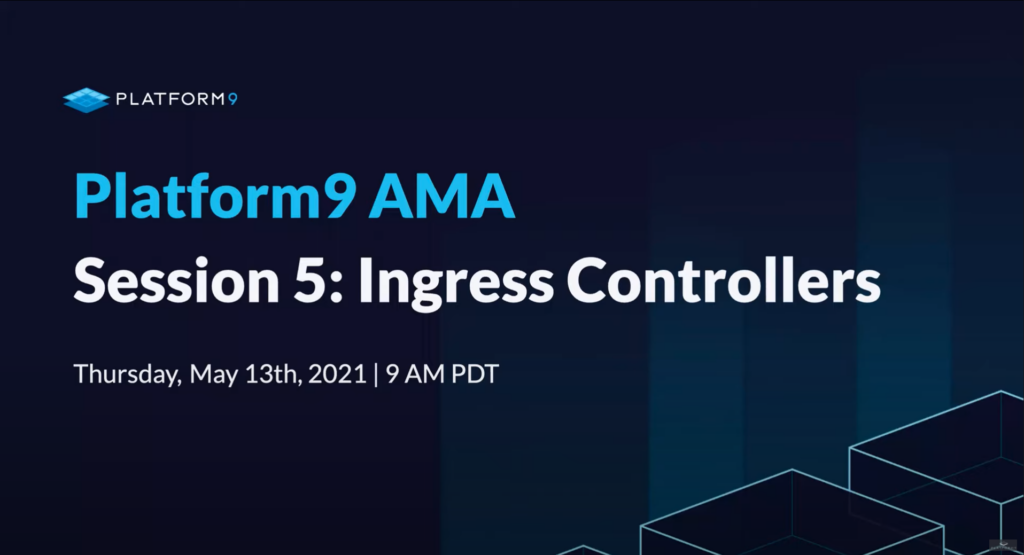DIY or Managed? Understanding the True Cost of DIY Kubernetes
DIY or Managed? Understanding the True Cost of DIY Kubernetes This TCO report was prepared for a recent Platform9 prospect (referred to as COMPANY) to help them understand the costs and other factors involved in managing a Kubernetes deployment internally (DIY) versus using the Platform9 Managed Kubernetes (PMK) service. It outlines their business goals and


